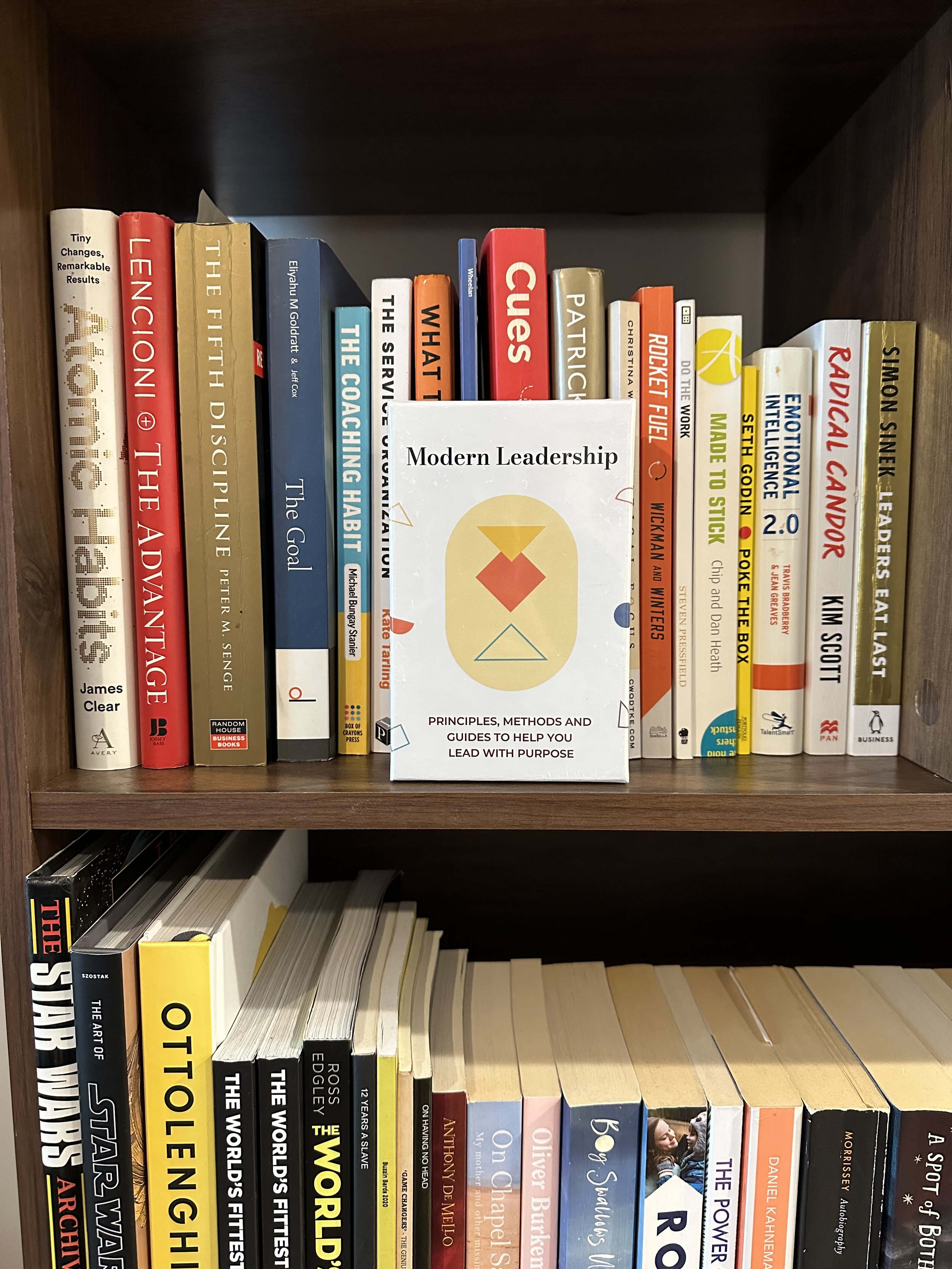Mastering the Art of Communication in Remote and Hybrid Work Settings
Communication is the lifeblood of any successful team, but navigating the landscape of remote and hybrid work environments can feel like hiking through uncharted territory. The nuances of effective communication in these settings require a blend of adaptability, clarity, and a touch of finesse.
Whether you’re a budding team leader or a seasoned professional, mastering these strategies is crucial to maintaining team cohesion and nurturing a sense of belonging.
“The most important thing in communication is to
hear what isn’t being said.”Peter Drucker
Understanding the Terrain
Clarity is King: Clarity becomes your best friend when communicating in a remote or hybrid setup. Ambiguity is the enemy, so ensure your messages are crystal clear, leaving no room for misinterpretation. Avoid jargon or overly complex language that might confuse your team members.
Choose Your Channels Wisely: With many communication tools available, getting lost in a sea of notifications is easy. Select the channels for different types of communication — formal discussions suit video calls, while quick updates could go through chat apps.
Set Expectations: Create a communication guide for your team. Establish norms for response times, preferred channels for specific types of communication, and guidelines for virtual meetings. Consistency breeds understanding. (i.e. Be respectful when others are talking. If you provide feedback, choose a direct but non-threatening language. Highlight the purpose of specific tools for communication — email, etc.)
TOP TIP: Use our good communication card to help improve this practice
The Path to Enhanced Communication
Active Listening: This underrated skill is your secret weapon. Practice active listening by focusing wholly on what others say, asking clarifying questions, and summarising key points to ensure alignment.
Visual Communication: For remote teams, visual aids are essential. Use screen sharing during meetings to ensure everyone is on the same page. Embrace visual communication tools for presentations and collaborative work.
Regular Check-ins: Schedule regular one-on-one meetings with team members. These sessions aren’t just about work; they’re a chance to connect personally, promoting trust.
TOP TIP: Use the active listening card to help improve your skill in this vital tool
Avoiding the Quicksand: Common Pitfalls to Dodge
Micromanagement Mayhem: Trust is the foundation of remote work. Micromanaging employees will only lead to frustration and hinder productivity. Give your team space to work independently while being available for guidance when needed.
Ignoring Time Zones: Time zones can be a reality in a global team. Be mindful of different time zones when scheduling meetings and deadlines. If you have core hours as part of your flexible working policy, stick to these to build autonomy in the team. Flexibility in scheduling can save your team from burnout.
Overlooking Non-Verbal Cues: In a remote setup, non-verbal cues are limited. Pay attention to tone, word choice, and even emojis to gauge emotions accurately. Misunderstandings can arise from the need for visual cues, so tread carefully.
TOP TIP: Improve this fascinating skill by using our nonverbal cues card
Creating a workplace culture: Help it thrive like a well-oiled machine
Encourage Participation: Ensure everyone has an opportunity to contribute during meetings. Create a safe space for introverted team members to express their thoughts and ideas.
Celebrate Diversity: Embrace diversity within the team by acknowledging different perspectives and experiences. Encourage collaboration that leverages these mixed viewpoints for better problem-solving.
Encouraging Innovation: Spark creativity by developing an environment where unconventional ideas are welcomed with open arms. Encourage experimentation and risk-taking, turning the workplace into a hotbed of inventive solutions.
Juggling life like a master chef: Promote Work-Life Balance
Respect Boundaries: Encourage a healthy work-life balance by respecting non-working hours. Avoid unnecessary after-hours communication unless it’s urgent, and emphasise the importance of disconnecting to recharge.
Flexible Schedules: Offer flexible work hours to accommodate personal needs. Trust and empower your team to manage their time effectively.
Embrace the Power of “No”: Learn the art of gracefully declining tasks or commitments that would overwhelm your work-life balance, ensuring your plate stays full but never overflowing.”
“Effective communication starts with listening.”
Robert Gately
IMPORTANT TIP: Periodically evaluate the effectiveness of communication strategies. Collect feedback from the team and adjust accordingly to address any issues or concerns.
So what?
Effective communication in remote or hybrid work settings requires clarity, active listening, and adaptability. By understanding the nuances of these environments, setting clear guidelines, and avoiding common mistakes, leaders can steer their teams towards success while nurturing a strong sense of belonging.
So, grab your digital compass, fine-tune those communication skills, and let the adventure begin!




